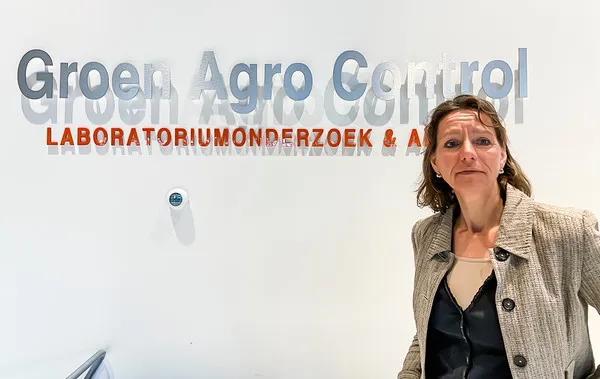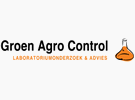The use of organic liquids seems to be increasing. These contain algae, seaweed, molasses (a residual product from the sugar industry), and other vegetable substances. Artificial fertilizers and urea are sometimes added.
Urea is easily measured and directly feeds plants, says Ines van Marrewijk of Groen Agro Control in the Netherlands. "We call such fertilizers well-soluble, often easily absorbed elements. Some of the nutrients are released slowly from the organic matter. They can, therefore, be absorbed over time."

Changing properties
So far, nothing new. "Adding organic fertilizers to water can change the water's properties. Companies that want to gain more insight can test the water for several things. These are for soluble fertilizers, heavy metals, and total organic carbon (TOC)."
"As well as total undissolved solids (TSS), biological oxygen demand (BOD), and chemical oxygen demand (COD). And Transmission (254 nm), which determines the water's clarity. All these readings show what's changing in the water," explains Ines.
Residual substances
People use organic waste products like molasses or straw from the grain industry in compost. When doing so, you must account for the substances applied to those crops, warns Ines. "For example, you find pesticide residues from substances like pyridine herbicides (aminopyralid, clopyralid)."
"And in straw residues, of inhibitors (including prohexadione-calcium, chlormequat). That's used to limit how tall grain grows. So check for safe ingredients or have the product analyzed."
Which substances should you measure? "Contact us if you want to make the correct choice," Ines concludes.
For more information:
Ines van Marrewijk
Groen Agro Control
1 Distributieweg
2645 EG, Delfgauw, NL
Tel: +31 (0) 152 572 511
Mob: +31 (0) 611 347 778
Email: i.vanmarrewijk@agrocontrol.nl
Website: www.agrocontrol.nl
